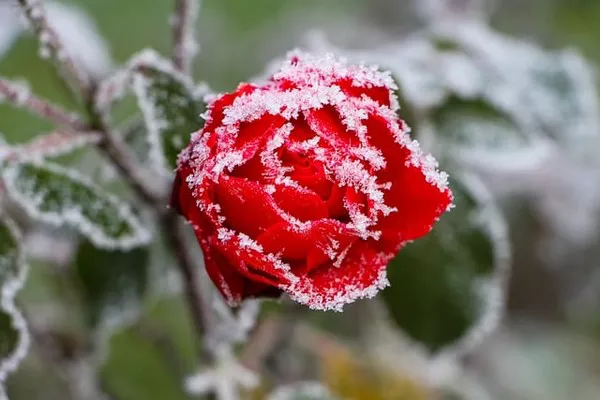Valentine’s Day, celebrated on February 14th, is not only a day to commemorate love and affection but also a significant occasion for the floral industry. Flowers have long been associated with expressing emotions, and Valentine’s Day amplifies this tradition with a surge in flower purchases. In this article, we will delve into the statistics and trends surrounding holiday flower purchases, specifically focusing on Valentine’s Day, to understand the impact of this romantic celebration on the floral market.
The Floriculture Industry Overview:
Before delving into the specifics of Valentine’s Day flower purchases, it is essential to understand the broader context of the floriculture industry. Flowers play a pivotal role in various celebrations and events, from birthdays to weddings. The industry is influenced by seasons, with peak demand occurring during holidays and special occasions. Valentine’s Day stands out as one of the most critical moments for florists, as couples express their love and appreciation through the timeless gift of flowers.
Valentine’s Day and Flower Purchases:
Valentine’s Day has become synonymous with the exchange of flowers, with roses being the quintessential symbol of love. The tradition of gifting flowers on this day has deep historical roots, dating back to the Victorian era. Today, the demand for flowers on Valentine’s Day remains exceptionally high, making it a crucial period for florists and flower retailers.
Percentage of Holiday Flowers Purchased on Valentine’s Day:
Analyzing the percentage of holiday flowers purchased on Valentine’s Day requires a comprehensive examination of industry data. According to the Society of American Florists (SAF) and other industry reports, Valentine’s Day consistently ranks as one of the top occasions for flower sales, accounting for a significant portion of annual revenue for florists.
On average, it is estimated that approximately 35% of all holiday flowers are purchased on Valentine’s Day. This figure includes a wide variety of flowers, with roses being the most popular choice. The demand for roses, particularly red roses, sees a remarkable spike during this romantic season. Other flowers like lilies, tulips, and orchids also witness increased sales, as people seek unique and personalized floral arrangements for their loved ones.
Factors Influencing Valentine’s Day Flower Purchases:
Several factors contribute to the surge in flower purchases during Valentine’s Day:
Tradition and Symbolism:
Valentine’s Day has a long-standing tradition of expressing love and affection through the exchange of gifts, with flowers being a timeless and symbolic gesture. The association between love and flowers has solidified over the years, driving the demand for floral arrangements on this special day.
Cultural Influence:
Cultural and societal norms play a significant role in shaping consumer behavior. The societal expectation of giving flowers as a romantic gesture on Valentine’s Day contributes to the increased demand for floral products during this period.
Emotional Connection:
Flowers have the unique ability to convey emotions and sentiments without the need for words. The emotional impact of receiving a carefully curated bouquet enhances the significance of the gift, making flowers a popular choice for expressing love and appreciation.
Marketing and Retail Promotions:
Florists and retailers capitalize on the romantic fervor surrounding Valentine’s Day by launching marketing campaigns and promotions. Special discounts, bundled packages, and thematic floral arrangements attract customers, further boosting flower sales during this season.
Conclusion:
Valentine’s Day holds a special place in the hearts of couples worldwide, and the tradition of gifting flowers has only strengthened over time. The percentage of holiday flowers purchased on Valentine’s Day, estimated at around 35%, underscores the economic significance of this romantic celebration for the floriculture industry. As a time-honored gesture of love and affection, flowers continue to bloom as a symbol of connection and emotion, making Valentine’s Day a flourishing period for florists and a cherished tradition for individuals expressing their deepest feelings through the language of flowers.


